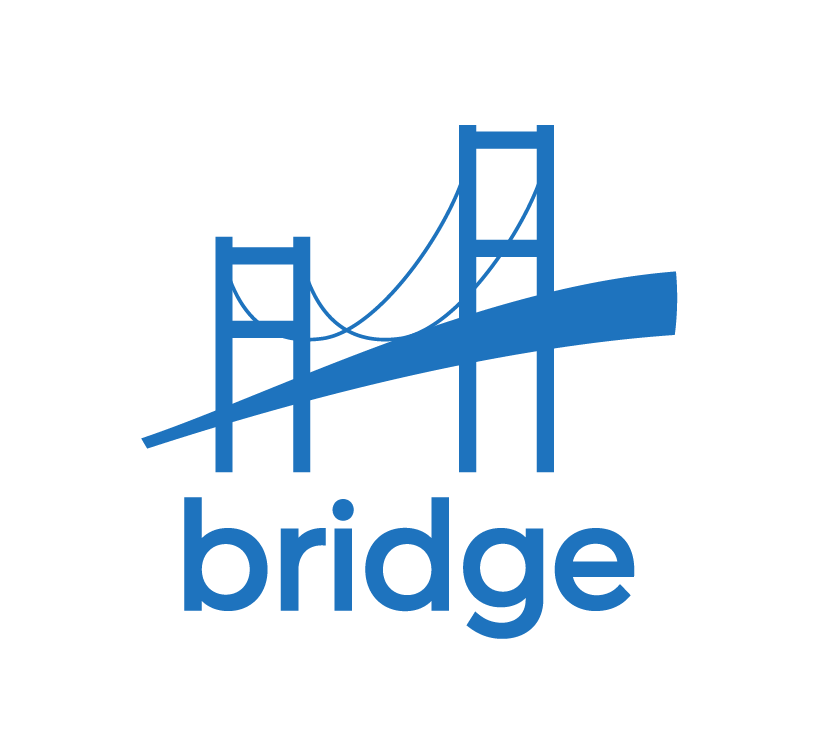Gratitude and gratitude enhancement has become an increasingly popular topic. And it makes sense why! Research has increasingly shown multiple benefits of gratitude on mood, physical health, and development. Studies have even begun to examine how to effectively integrate a gratitude journal, the gratitude letter, and other strategies into therapy.
Efforts to put gratitude enhancement in therapy have shown benefits for mental health, including decreases in stress and negative emotion. Intentional gratitude enhancement and other positive emotion strategies may also protect against developing anxiety and depression.
Boosting one’s level of gratitude appear to increase self-esteem, optimism, and satisfaction with life. It is also thought to simply provide more frequent and intense positive emotions overall. Positive emotions have been found to neutralize the physiological effects of negative emotion. There is also some evidence that these benefits occur due to impacts on attentional bias. That is, gratitude appears to affect how much we enlist our attention to positive versus negative information.
But what does that look like for therapy? Do we simply just “gratitude-bomb” clients by teaching them methods to constantly enhance their own gratitude? With so many things we do, it is tempting to shoot for “the more the merrier”. But gratitude enhancement is another instance of how the work we do is not always straightforward.
First, there are instances in which gratitude enhancement can backfire. Sometimes it may lead individuals to feel worse. One study found that attempts to boost gratitude in therapy led some depressed participants to feel less happy and more embarrassed and ashamed.
Second, in the case of helping clients maximize gratitude for themselves, less does appear to be more. Studies have found that gratitude enhancement strategies to maximize feelings of gratitude are most effective in boosting mood and emotions when done a few times per week or less, as opposed to daily.
Things like a gratitude journal or writing a gratitude letter to someone are best in larger doses in one sitting, as opposed to small bits every day. For instance, it appears most effective to journal on 5 things one is grateful for at a rate of once per week. This is opposed to journaling on one thing every day.
So much of what we do involves an “it depends” approach. Gratitude enhancement is also not universal. Findings on gratitude frequency help us know how to most effectively help clients learn this very powerful emotion regulation strategy. Thanks research!









